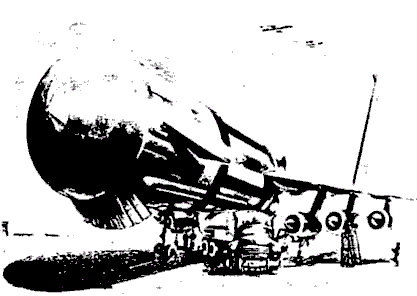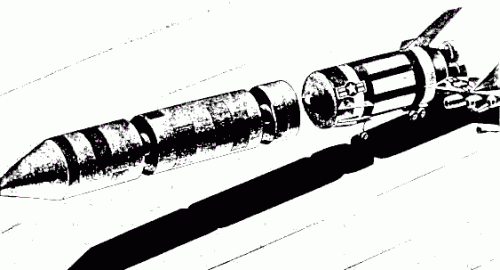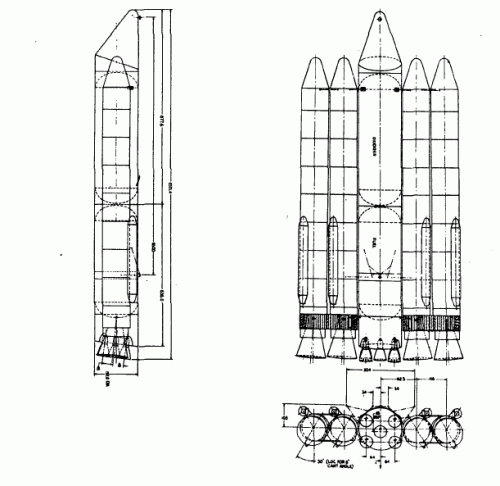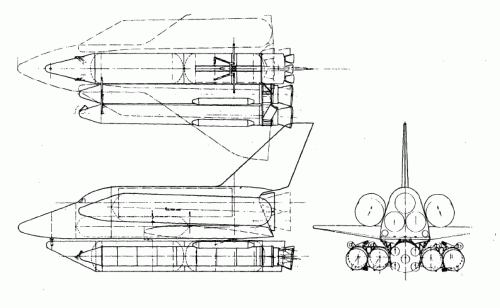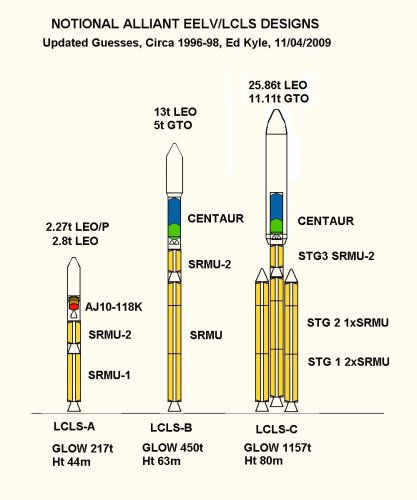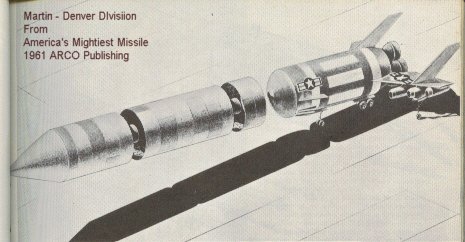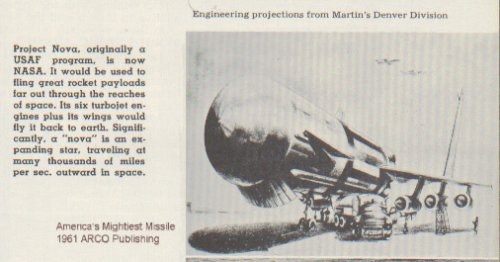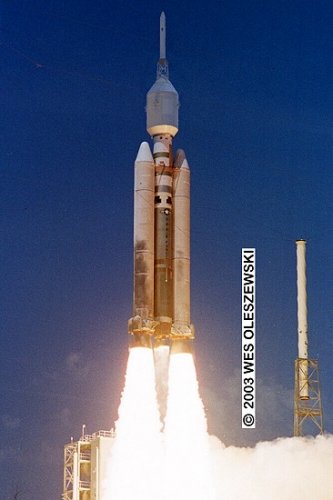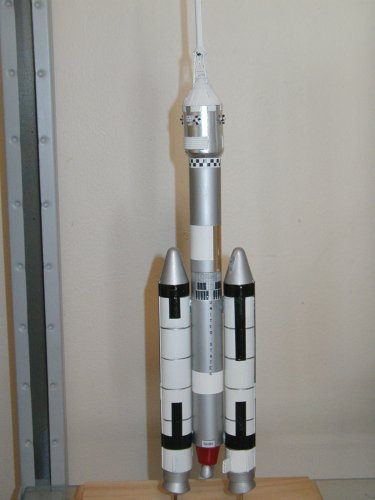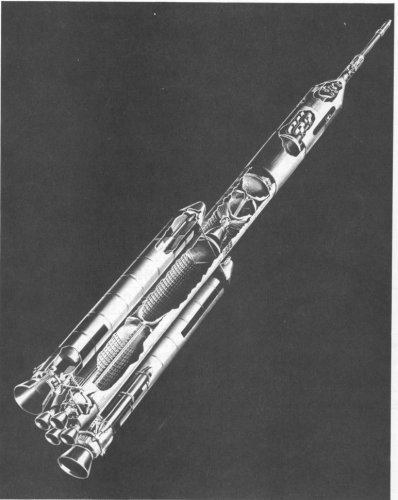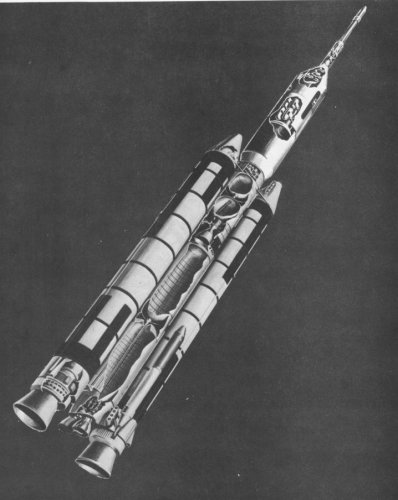I agree that the Titan IIIs were produced in excess of actual need. The real issue here is: was the Titan family evolvable to support a different space program from what emerged with the Shuttle decision ? The low cost alternative to Shuttle was based on an enlarged Titan (a Titan IIIL ?) carrying a reusable glider for personnel transportation to and from the orbit. Problem is that there wasn't a space program in which that would be used, in partcular no space station follow-on of Skylab. Let me explain. If you don't have a reusable orbital carrier for cargo as well for personnel (Shuttle), you have to resort to expendable boosters to launch the station. BUT, if you cancel the only heavy lifter you have (Saturn V), and considering the Saturn IB substituted by an enlarged Titan III to launch personnel, you have to use Titans to launch the space station, a very costly endeavour indeed (how many launches, how many unmanned dockings, how much risk, remember you are in the early '70s and the most complex space docking you are experienced in is the Gemini-Agena, the Apollo-LEM is simpler since both shared the same booster, and the lunar rendez-vous has both vehicles manned). A wider use on Titans in the US space program in the '70s is in my opinion lnked to the continued availability of the Saturn V, its use as a space station elements launcher and the devolopment of an enlarged Titan to substitute the IB for personnel transportation. In a space program like that, even a resuable glider would have been probably redundant, since the use of Apollo would have been perfectly fit. Problem is that there was no willingness to fund a full fledged Space Station and continued production of Saturn V. NASA sensed that accondiscending on a "minimal program" (enlarged glider plus Titan IIIL) would have turned in an even more "minimal" one (why a reusable glider ? for going where ? no glider, no Titan IIIL und so weiter).

